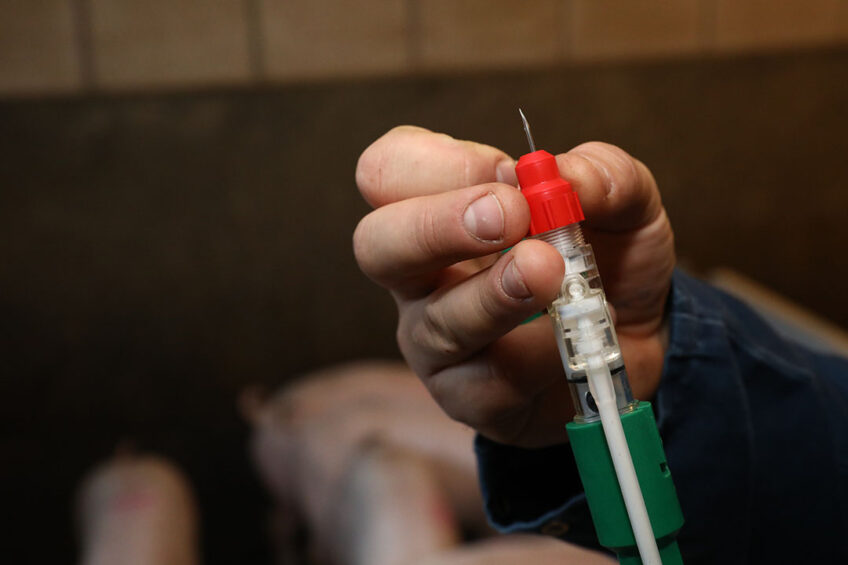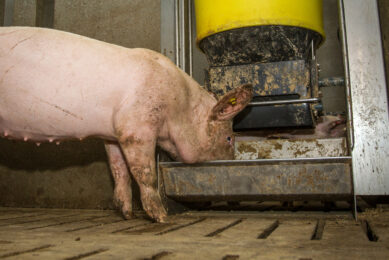ASF Russia: Plasma radiation is proposed to battle virus

A group of scientists from Moscow State Technical University has proposed plasma-optical technology as a way to protect pig farms from African Swine Fever (ASF).
The scientists explained that the technology is based on plasma radiation, which during several trials proved to destroy dangerous microorganisms at production sites, in feed and waste water. Currently, plasma radiation is used in human medicine to disinfect wounds and for other purposes.
Advantages
Valeriy Bagrov, deputy director of the power engineering research institute at Moscow State Technical University, told the Russian press that the main advantages of the technology were associated with a wide spectrum and very high intensity of plasma radiation.
“The operational principle is based on treating affected areas with powerful light flashes emitted by a pulsed xenon lamp. Its spectrum is close to natural solar, but there is a fundamental difference – it contains a significant proportion of biologically active ultraviolet,” he said.
Not all radiation is the same
Bagrov explained that ultraviolet radiation also has a bactericidal effect, but it is characterised by a narrow spectrum and low intensity, which makes it less effective and not suitable for solving disinfection tasks in the livestock industry.
“The same deep degree of disinfection can be achieved by ionising radiation. But in that case, there is a possibility of getting a serious genetic modification, protein mutations, and changes in the biological properties of products,” Bagrov said, adding that, in his opinion, ionising radiation is too dangerous to be used in the food industry.
Pig industry to benefit
The scientists currently work with the Russian Union of Pork Producers and study the Russian veterinary regulations to find room for the application of the plasma radiation in the pig industry, Bagrov said, estimating that the technology has nearly 45 areas of application from disinfecting feed, production space and air, to treat wound infections in animals.
Among other things, the new technology could reduce antibiotic use in the livestock industry, Bagrov said.
During field trials, the plasma radiation managed to completely eradicate anthrax, polio and botulinum toxin type C from wastewater.
Mass applications require state support
The scientists said that based on the plasma radiation technology, they developed an automated system, Redut, designed for “continuous monitoring of the safe keeping of animals online”, featuring a set of equipment needed to ensure the biological protection of animals.
To scale up the technology, the scientists said they needed support from the Russian government and “initiative from the farm owners,” Bagrov said, adding that the technology is costly but eventually promises enormous benefits for businesses.











